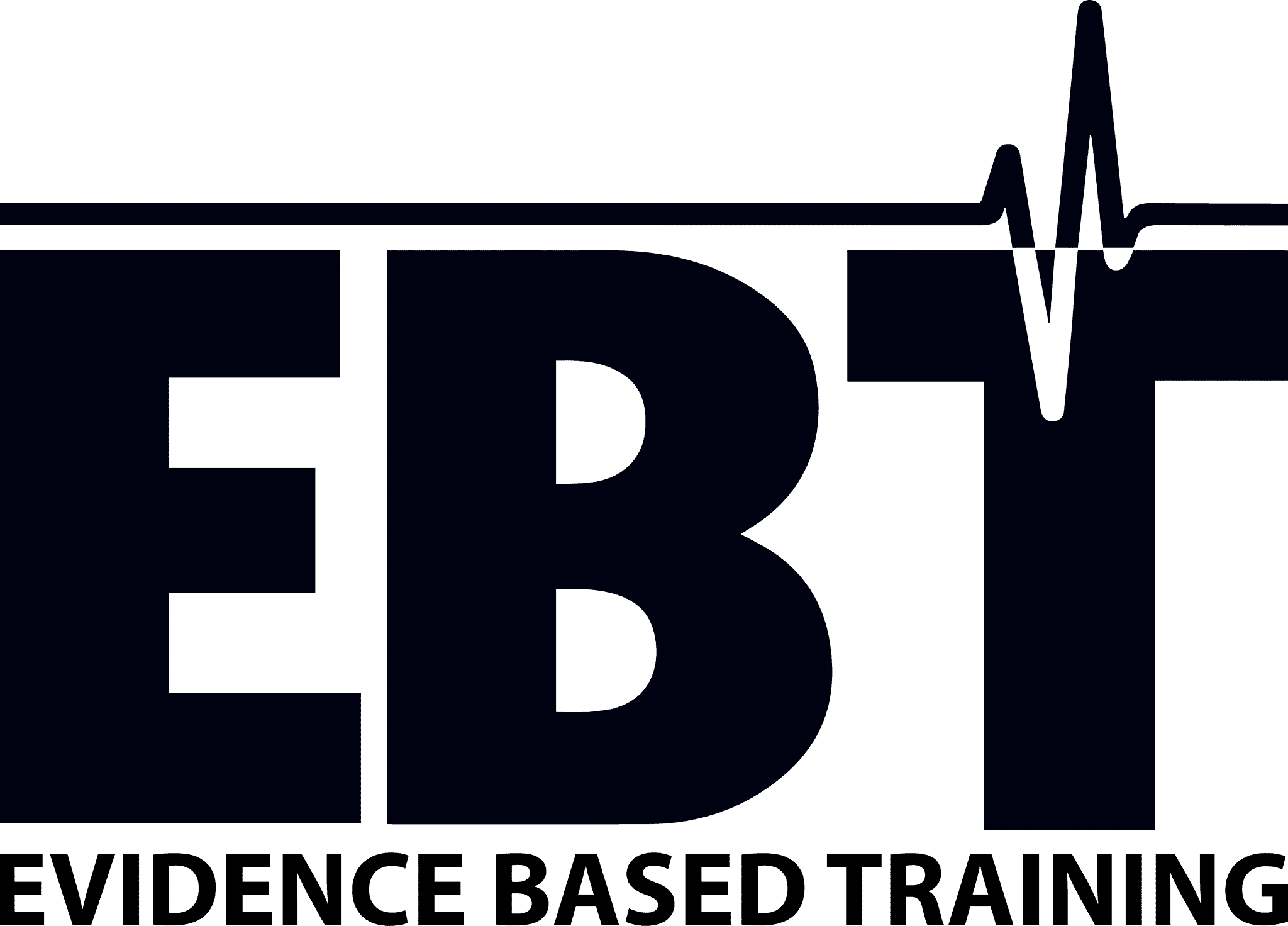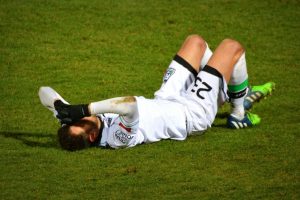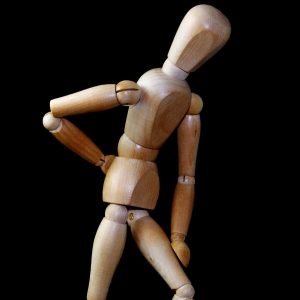Do you have low back pain or a disc herniation? While there is a lot that goes into this issue, two things to keep in mind is (1) disc herniations are among people without back pain, and (2) they can heal with time without surgery. Let’s dig deeper!
Modern medical technology gives us the ability to find more diseases which were impossible to find just 10 years ago. The downside of this development is that people are also “over-diagnosed” with conditions which really don’t mean anything. Magnetic resonance imaging (MRI) is a perfect example of this.
A Back Pain Case Report from the New England Journal of Medicine
A 29-year-old woman with new pain and numbness in her right leg. An MRI-scan of the back revealed a bulging disc affecting a nerve-root. She received physical therapy treatment and after 5 months, a new MRI showed no more disc herniation, and no more symptoms. What happened? The disc herniation healed through what is thought to be a “reabsorption” mechanism. Just like a balloon slowly losing air.
The Dangers of an MRI Scan
Patient sometimes demand to get an MRI scan for their lower back pain in a desire to ͞ensure that nothing is wrong with their bodies. MRI) is one of the most advanced ways of getting detailed imaging of the spine, and weightlifters who happen to get an MRI will sometimes be informed that one of the discs between their spinal columns is bulging out into the spinal cord. This can cause unnecessary fear and paranoia in patients, causing fear that future back pain may occur if they keep lifting heavy weights.
Bulging Discs Don’t Always Relate to Symptoms!
The fact is, however, that abnormalities on imaging of the spine don’t correlate with symptoms! MRI-studies on people without back pain have revealed that over 30% of 20 year olds and over 80% of 80 year olds have bulging discs, with NO SYMPTOMS of back pain! Further studies have followed up these patients and found that the bulging disc on an MRI doesn’t even increase the risk for future back pain. Therefore, MRI image results should only be assessed together with what symptoms a patient experiences, and if your MRI happened to reveal a bulging disc without you having back pain, don’t worry and just keep lifting (with proper form, of course).
So What Should I do: Surgery or Physiotherapy?
Experimental studies suggest that patients with herniated lower back discs have similar long-term results whether they undergo surgery or not. The risk of back pain catastrophically worsening without surgery is minimal. Treatment usually ranges from very general like walking and other simple movements of the spine to more specific exercises designed to isolate and activate muscles around the spine. No standardized treatment exists. Each case varies, and so must the plan. Surgery should be considered in cases where strength is progressively lost in one’s arm or leg.
For many people, therapy is not even required to see the disc herniation resolve. Having said this, the most basic recommendation is to continue with general exercise/activities (walking, household work, etc) as these are just as effective for low back pain as very specific treatment plans.
Continue doing the things you like to do and modify when you find something that causes your symptoms to flare up. This simple approach leads to recovery in most people.
Bulging Disc Exercises
Any movement that does not worsen of nerve symptoms is completely fine. Keep in mind that pain doesn’t necessarily classify as a “nerve symptom”. Only movements which cause radiating pain to the arms or legs, with weakness or numbness should be avoided.
During the acute inflammatory phase you can start off with the McKenzie Method using the prone press up. Start at the bottom and press yourself up, like illustrated in the picture below.

Always see a Doctor or Physiotherapist Before Exercising with New Lower Back Pain!
Important to keep in mind is that the above only applies to a specific type of lower back pain, which needs to be assessed by a doctor or physiotherapist. 90% of this type of lower back pain is self-healed within 3 months, but other types may be dangerous and require treatment.
Red flags when getting lower back pain include:
– Weight loss or reduced general condition.
– Progressively increasing difficulties walking or grabbing objects, or increasing numbness.
– Difficulties when using the toilet (constipation or problems urinating).
– Numbness between buttocks or between your inner thighs.
– Onset of pain before the age of 18 or after the age of 55.
– Constant pain even when sitting still or sleeping at night.
– Pain after trauma or violence.
– Prior cancer disease, drug abuse, or long term corticosteroid treatment.
– Local redness, swollenness over the back, or fever (signs of infection).
– Structural back deformity (scoliosis, kyfosis).
– Pain radiating to the legs/arms lasting for more than 6 weeks.
– Worsening of symptoms while walking/standing, lasting for more than 12 weeks.
All in all, if you are unsure: go see a doctor! The list above is by no means complete, and a clinical practitioner will be able to give you a much fairer assessment than a text online!
In collaboration with Tom Walters, a team EBT member.
Sources:
1. Hong J and Ball PA. Resolution of Lumbar Disk Herniation without Surgery. N Engl J Med. 2016.
2. Incidence of Spontaneous Resorption of Lumbar Disc Herniation: A Meta-Analysis.
Review article Zhong M, et al. Pain Physician. 2017.
3. Brinjikji W. Systematic literature review of imaging features of spinal degeneration in
asymptomatic populations. AJNR Am J Neuroradiol. 2015 Apr;36(4):811-6.
4. Nakashima H. Abnormal findings on magnetic resonance images of the cervical spines in 1211
asymptomatic subjects. Spine (Phila Pa 1976). 2015 Mar 15;40(6):392-8.
5. Borenstein G, Boden SD, Wiesel SW, et al. ͞The value of magnetic resonance imaging of the lumbar
spine to predict low-back pain in asymptomatic individuals: A 7-year follow-up study. J Bone Joint [am] 2001; 83:320-34








